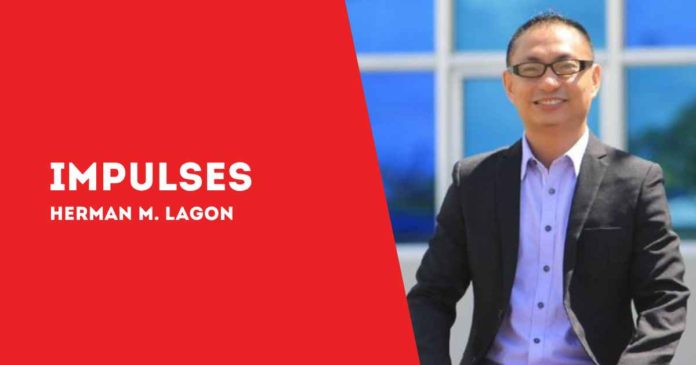
BY HERMAN M. LAGON
CONVERSELY, this is the impetus of the crucial problem that is the discrepancy between the labor market and the educational sector. The system of education should be built to generate graduates with industry-relevant skill sets.
Still, the present system falls short in this regard. A sign of this more general issue is the discrepancy between teacher knowledge and instructional responsibilities. Students are not getting the quality education they are due since the education industry is not generating the teachers the system requires.
Further underlining the mismatch between educational results and national needs, the education sector also seems more preoccupied with preparing students to work abroad than with sustaining the local business and generating more entrepreneurs.
The EDCOM 2 study also begs questions regarding how this mismatch affects students’ performance on international tests, including the Program for International Student Assessment (PISA). Particularly in science, reading, and mathematics, we have regularly poorly scored on these tests.
According to the report, the poor performance of the nation is mostly caused by the dearth of qualified teachers in several disciplines. It is doubtful that the country would improve its performance on these international tests if the educational system keeps assigning teachers to disciplines they are not qualified to teach.
The absence of responsibility inside the educational system is among the most alarming features of the report. Though each DepEd, CHED, and TESDA has their own mandate, there is no obvious way to hold them responsible for the caliber of instruction provided in the nation. The outcome is a system whereby issues like teacher-subject mismatch linger years without resolution.
Ignoring these problems is a failure of leadership as much as a result of policy shortcomings. Still, there are some shining areas. For instance, CHED has been rigorous in enforcing the alignment of professors’ qualifications with the subjects they teach, a practice that DepEd might gradually adopt across several subject areas.
Consistent effort among all education sector stakeholders will help to solve the issue of teacher-subject mismatch. Working together, DepEd, CHED, and TESDA can produce a more responsive and ordered educational system. This covers matching teacher training programs with the demands of the educational system, guaranteeing that teachers are assigned to disciplines commensurate with their qualifications, and building systems for responsibility.
The education sector also has to cooperate closely with the industry to guarantee that the skills taught in schools apply to the needs of the employment market. The provision of a strong committee with an oversight function, filled by immersed and innovative educators and industry leaders, may be needed for this to realize.
Moreover, the government has to make investments in the educational system if it is to solve the underlying reasons of the teacher-subject mismatch. This covers making more plantilla positions for teachers, giving enough budget for teacher preparation programs, and ensuring schools have the tools to deliver high-quality instruction.
The government also has to solve the teacher pay problem since low pay forces many teachers to take on extra teaching responsibilities outside their competence area. In private schools, where resources are even more limited, the situation is dire; teachers need clear government support in sight to meet the demands of several subject preparations.
The results of the EDCOM 2 report ought to act as a wake-up call for the government and every player involved in the educational scene. Teacher-subject mismatch affects not only the teachers who are obliged to teach disciplines outside their area of competence but also the whole educational process.
Should the government be committed to raising the caliber of education within the nation, it has to act right away to solve this problem. This covers building a more responsive and coordinated educational system, funding teacher training initiatives, and ensuring teachers get fairly paid for their efforts.
Only then will our educational system start to offer the high-caliber instruction its citizens are entitled to.
***
Doc H fondly describes himself as a “student of and for life” who, like many others, aspires to a life-giving and why-driven world grounded in social justice and the pursuit of happiness. His views do not necessarily reflect those of the institutions he is employed or connected with./PN







